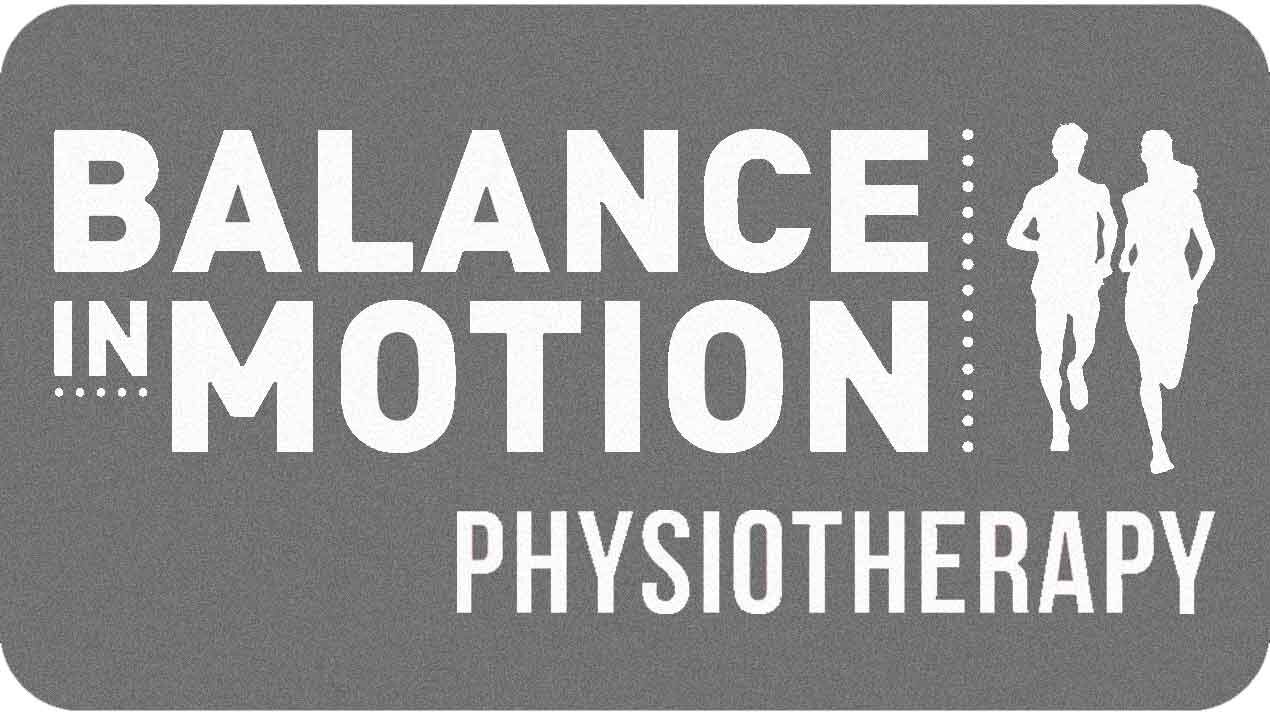Am I Ready to Run? A Physiotherapist’s Guide to Returning Safely After Injury
/Whether you’ve been sidelined by an injury, taken time off due to life’s busy schedule, or just had a break from running - the question we hear most in the clinic is:
“When can I run again?”
I definitely understand how frustrating it can be to miss your regular runs along the coast or that upcoming race. But returning too soon, or without the right prep, can lead to setbacks or new injuries. Here’s how we decide when it’s the right time to lace up.
✅ Checklist: Before You Hit the Pavement
Before you return to running, we assess:
1. Pain-Free Movement
You should be able to walk briskly, go up/down stairs, and perform single-leg tasks without pain. If you’re still feeling discomfort with daily movements, you’re not ready to run yet.
2. Single-Leg Strength & Control
Can you:
Hold a single-leg balance for 30 seconds?
Perform 15 controlled single-leg calf raises?
Do 10-15 pain-free single-leg squats?
These tests can assess your strength and neuromuscular control which are both essential for running.
3. Hop & Impact Tolerance
We’ll often assess whether you can do:
10 single-leg hops in place
A forward hop and hold (landing control)
A jog on the spot or light skipping with no pain or limping
This gives us a real-time picture of how your body responds to impact.
4. Tissue Load Tolerance
Your muscles, tendons, and joints need to tolerate increasing load. We gradually build this up through a structured rehab program — strength first, then impact drills, before any running and then a slow increase from there.
🏃♂️ The “Walk-Run” Return Plan
For most people, jumping straight back into a 5K isn’t the best idea.
We typically recommend a walk-run program, such as:
1 min jog / 1 min walk x 10 (progressively reducing walk intervals)
Running every 2–3 days to allow recovery
Gradual weekly increases in total volume (by no more than 10–15%)
This keeps your tissues adapting without having to worry about overloading them.
🚫 Red Flags to Watch For
If you experience any of the following during or after a return session, it’s a sign to scale back:
Sharp or increasing pain while running
Limping or compensating
Swelling or stiffness the next day (BIG FACTOR that I look for)
🧠 It’s Not Just Physical — Confidence Matters Too
We also factor in mental readiness. Do you trust your knee, foot, or hip to hold up? Fear of reinjury is real and something we treat through exercise, education, progressive loading and support.
🏁 Final Word: Run Smart, Not Just Fast
Running is my absolute favourite exercise - but it also has a high risk of injury and requires smart progression, especially post-injury. If you’re unsure whether you’re ready, get assessed by a physio who can guide you through a return-to-run plan that’s safe, progressive, and tailored to you.
Thinking about running again?
Book an assessment with one of our physios at Balance in Motion Bondi and let’s find out if you’re ready to hit the track (or the Bondi to Bronte path).

